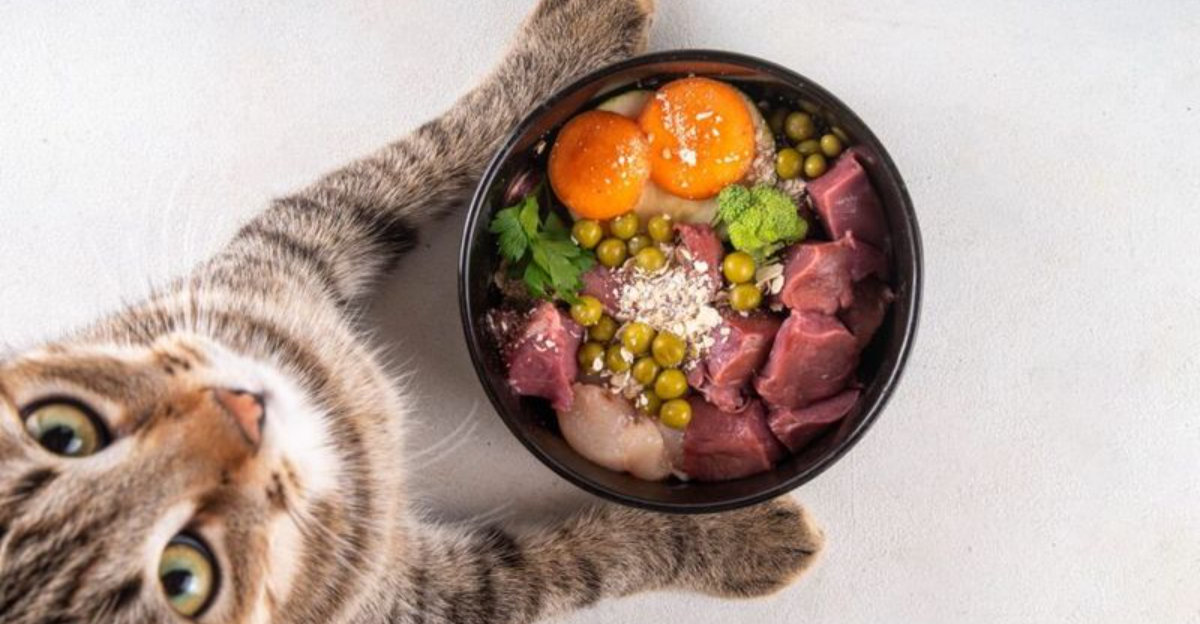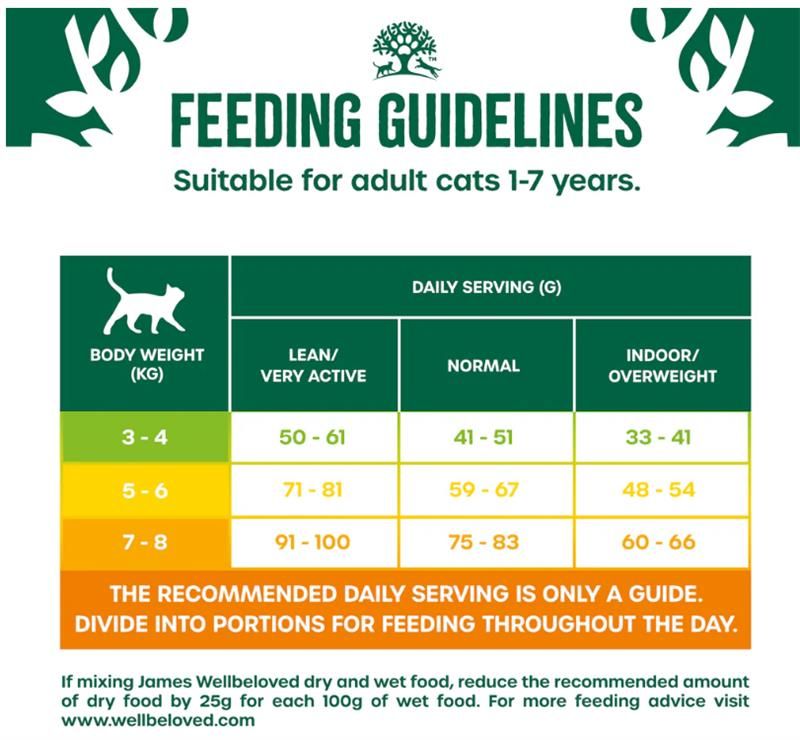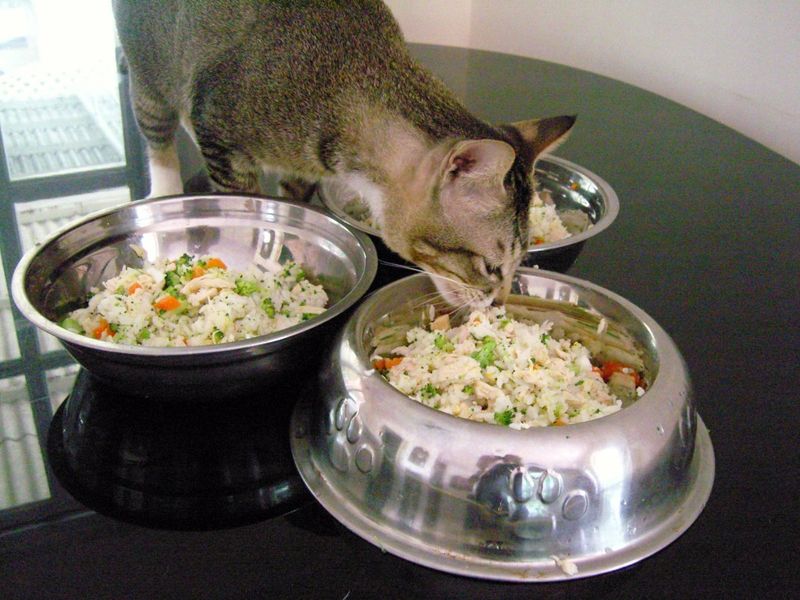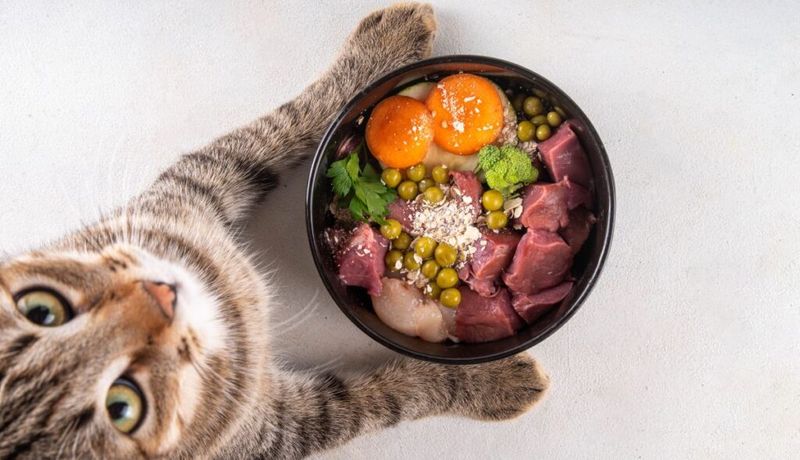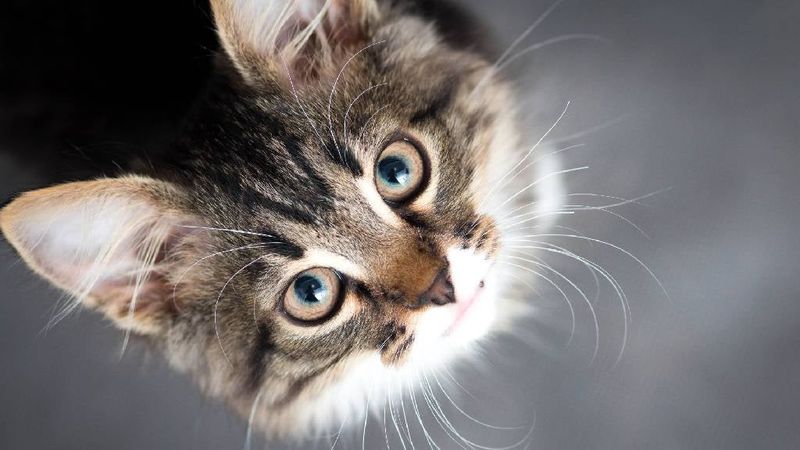📖 Table of Content:
Homemade cat food can be a nourishing alternative to store-bought options, allowing pet owners to control ingredients and tailor meals to their feline friend’s specific needs. Crafting your own cat food involves understanding the nutritional requirements of cats, choosing quality ingredients, and ensuring balanced meals. This guide will explore five essential aspects of making homemade cat food, providing insights and practical tips for cat owners.
1. Understanding Nutritional Needs
Cats are obligate carnivores, thriving on a diet rich in animal proteins. Their bodies rely on nutrients such as taurine, arachidonic acid, and vitamin A, which are primarily found in meat. Ensuring your homemade food meets these needs is crucial. Consider including ingredients like chicken, fish, or beef as primary protein sources. Additionally, incorporating small amounts of vegetables can provide essential vitamins and fiber. A well-balanced diet supports a cat’s immune system, coat, and overall vitality. Consult with a veterinarian to tailor a diet plan specific to your cat’s health.
2. Choosing the Right Ingredients
Selecting quality ingredients is key to crafting nutritious cat meals. Focus on fresh, high-quality meats such as chicken, turkey, or fish. These proteins should form the bulk of your cat’s diet. Additionally, consider adding liver or heart for essential nutrients. Limited grains and vegetables like carrots or peas can enhance fiber content. Avoid ingredients toxic to cats, such as onions or garlic. Quality ingredients not only boost health but also improve appetite. Ensuring freshness and sourcing from reputable suppliers can make a significant difference in meal quality.
3. Proper Meal Preparation
Meal preparation is as important as ingredient selection. Begin by weighing and measuring ingredients to ensure balanced proportions. Cooking methods like boiling or baking preserve nutrients and eliminate harmful bacteria. Avoid frying as it adds unhealthy fats. Mixing ingredients thoroughly combines flavors and nutrients evenly. Homemade cat food can be stored refrigerated for up to three days or frozen for longer freshness. Monitoring portion sizes helps maintain healthy weight. Establish a routine for meal preparation, turning it into an enjoyable ritual for both you and your cat.
4. Supplementing with Vitamins and Minerals
To ensure a balanced diet, consider supplementing homemade meals with vitamins and minerals. Cats require specific nutrients like taurine, calcium, and omega-3 fatty acids that may not be sufficiently provided by homemade meals alone. Supplements can bridge this nutritional gap. Choose high-quality supplements and follow recommended dosages based on your cat’s weight and age. Regularly consulting with a veterinarian ensures dietary needs are met. Proper supplementation supports long-term health, preventing deficiency-related illnesses, and enhancing your cat’s well-being.
5. Monitoring Your Cat’s Health
Regular health monitoring is vital when feeding homemade cat food. Observe your cat’s weight, coat condition, and energy levels as indicators of dietary adequacy. Routine veterinary check-ups help track health progress and catch potential issues early. Adjust dietary plans as needed based on veterinarian advice and your observations. Look for signs of allergies or sensitivities, such as itching or digestive upset. Keeping a food diary can assist in tracking dietary effects. A proactive approach ensures your homemade diet continues to meet your cat’s evolving health needs.
